Sennheiser Momentum True Wireless 3 vs Sony WF-1000XM4: which earbuds are better?
Two kings in the premium wireless earbuds space go head to head with their latest offerings
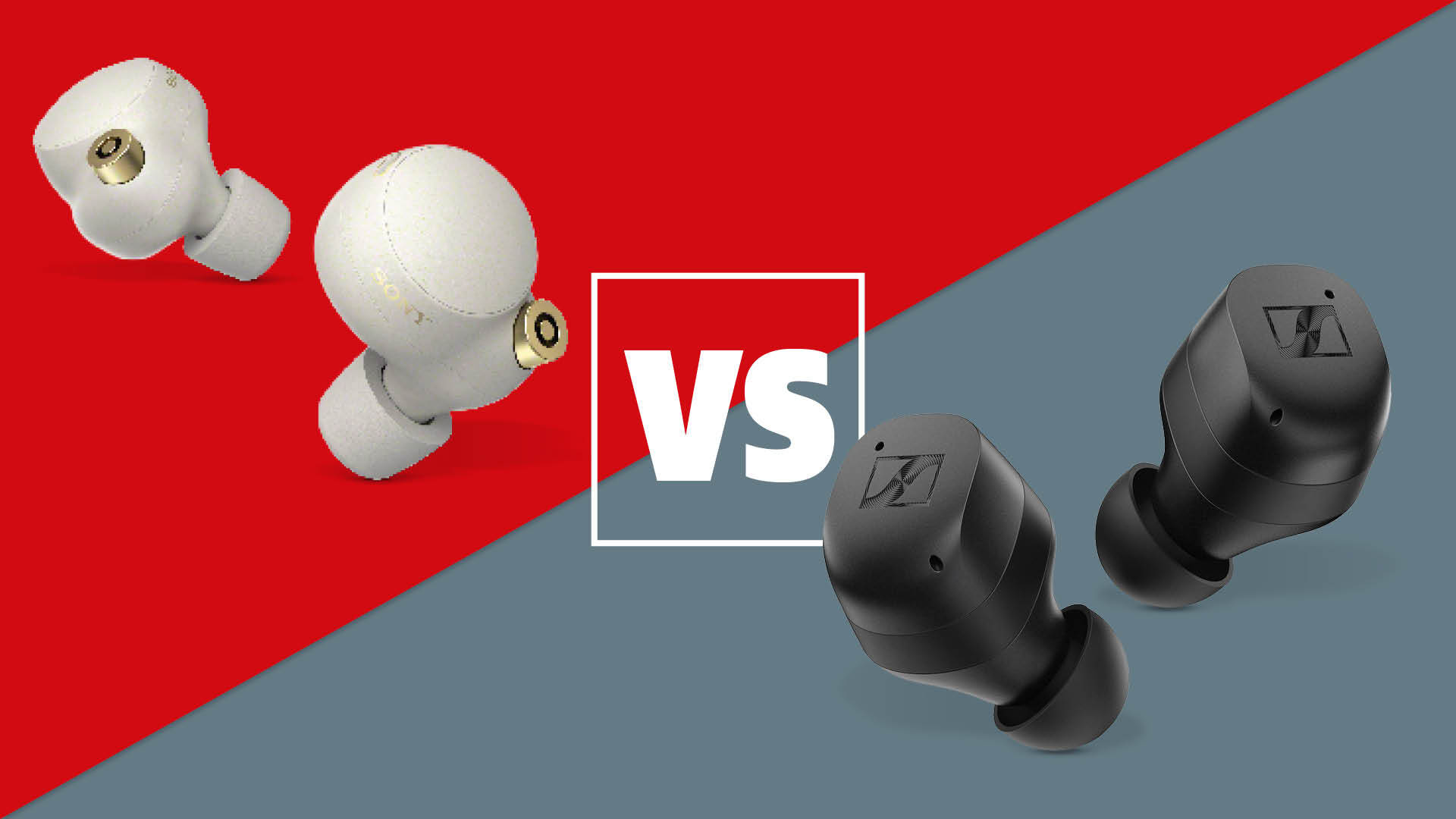
Such has been Sennheiser's success in the wireless earbuds space that when a new premium model from the company arrives, it is big news for both rival brands and consumers. The latest to land are the Sennheiser Momentum True Wireless 3, which launched in June in a bid to topple the industry-leading Sony WF-1000XM4.
The XM4 – and their predecessors – have long topped our list of best wireless earbuds, however boasting improved sound quality, aptX Adaptive Bluetooth support and – shock! – a lower price than the previous generation of Momentum True Wireless, these Sennheiser earbuds look like real contenders.
So, how do they stand up in terms of performance, features, design and – most importantly – overall value? We've pitted the Momentum True Wireless 3 against the Sony WF-1000XM4 to find out...
Price
We're in the grip of a cost-of-living crisis where everything's getting more expensive. Except for, it seems, Sennheiser headphones.
While the Sennheiser Momentum True Wireless 2 launched in 2020 at £270 / $299 / AU$499, the latest 2022 model undercut that significantly, priced at £219 / $249.95 / AU$399.95.
That also undercut the launch price of the Sony WF-1000XM4, which arrived at £250 / $280 / AU$450 in 2021. It's worth noting, though, that if you hunt around for the best Sony WF-1000XM4 deals, you are likely to now find them cheaper or at least similar to the price of the Sennheisers.
**Winner** Sennheiser Momentum True Wireless 3
The latest hi-fi, home cinema and tech news, reviews, buying advice and deals, direct to your inbox.
Design
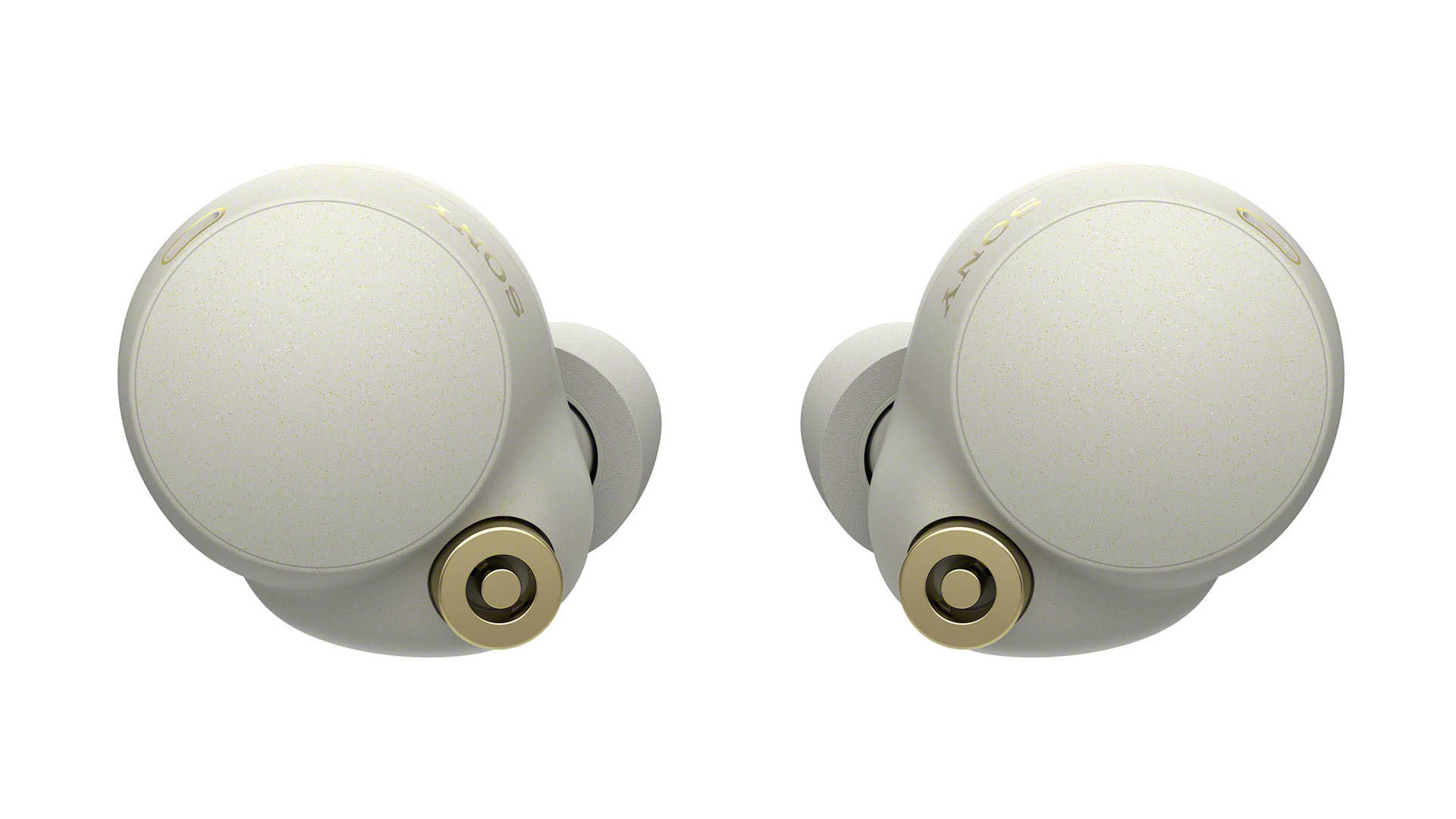
The Momentum True Wireless 3's case is a bit bulkier than that of most recent rivals, but it's nice and robust, flipping open and shut with a satisfyingly firm action.
For the buds, Sennheiser has tweaked the design quite considerably compared to previous versions. The second-gen Momentums were spherical, but the third entry in the range takes inspiration from Sennheiser's CX midrange series and adopts ovular earpieces.
In our opinion, they do look a bit cheaper than the previous-generation buds. But they're lightweight and discreet, and comfortable to wear. They fit securely too, thanks to the rubber lip that keeps them in place, and they're IPX4 splash-proof. There's a new grey finish joining the traditional black and white ones, too.
But Sennheiser isn't the only one changing things up. Sony too went back to the drawing board for the WF-1000XM4, moving on the design from the XM3.
The charging case is more petite than the Sennheiser, while the buds are rounder and more bulbous. You only get two colour options – black or silver – but the accents around the microphone and sensor holes add a splash of colour.
They too are rated IPX4, making them suitable for exercise from a sweat-resistant point of view. They twist and lock in a little more securely than the Sennheiser buds, and offer an air-tightness test you access through Sony's Headphones Connect app. This emits a test tone and reports back on whether or not you need to make any adjustments. It’s worth trying out, especially if you feel the sound is lacking bass or you feel there's too much outside noise leaking in.
Despite the snug fit, the XM4 aren't too intrusive and remain comfortable even over long listening sessions. It gives them the edge over the Sennheisers, unless perhaps you have small ears and require the more compact earbuds of the two pairs.
**Winner** Sony WF-1000XM4
Battery life

In terms of the number of playback hours the earbuds can hold at one time, the Sennheiser True Wireless 3 last around seven hours while the Sony WF-1000XM4 last eight. But when you factor in extra charge from the carry cases, it's a different story.
With a whopping 21 hours of extra battery that can be stored in their case, the True Wireless 3 have the edge over the Sony case's 16 hours. That gives the Sennheisers a total of 28 hours of use before needing a plug socket, versus 24 hours for the XM4. We presume this endurance explains the Sennheiser's bulkier case!
Both cases charge via USB-C and have Qi wireless charging, too. A 10-minute quick charge of the True Wireless 3 gets you an hour's use, while the XM4 reach the same run time from just five minute's juicing up.
**Winner** Sennheiser Momentum True Wireless 3
Features
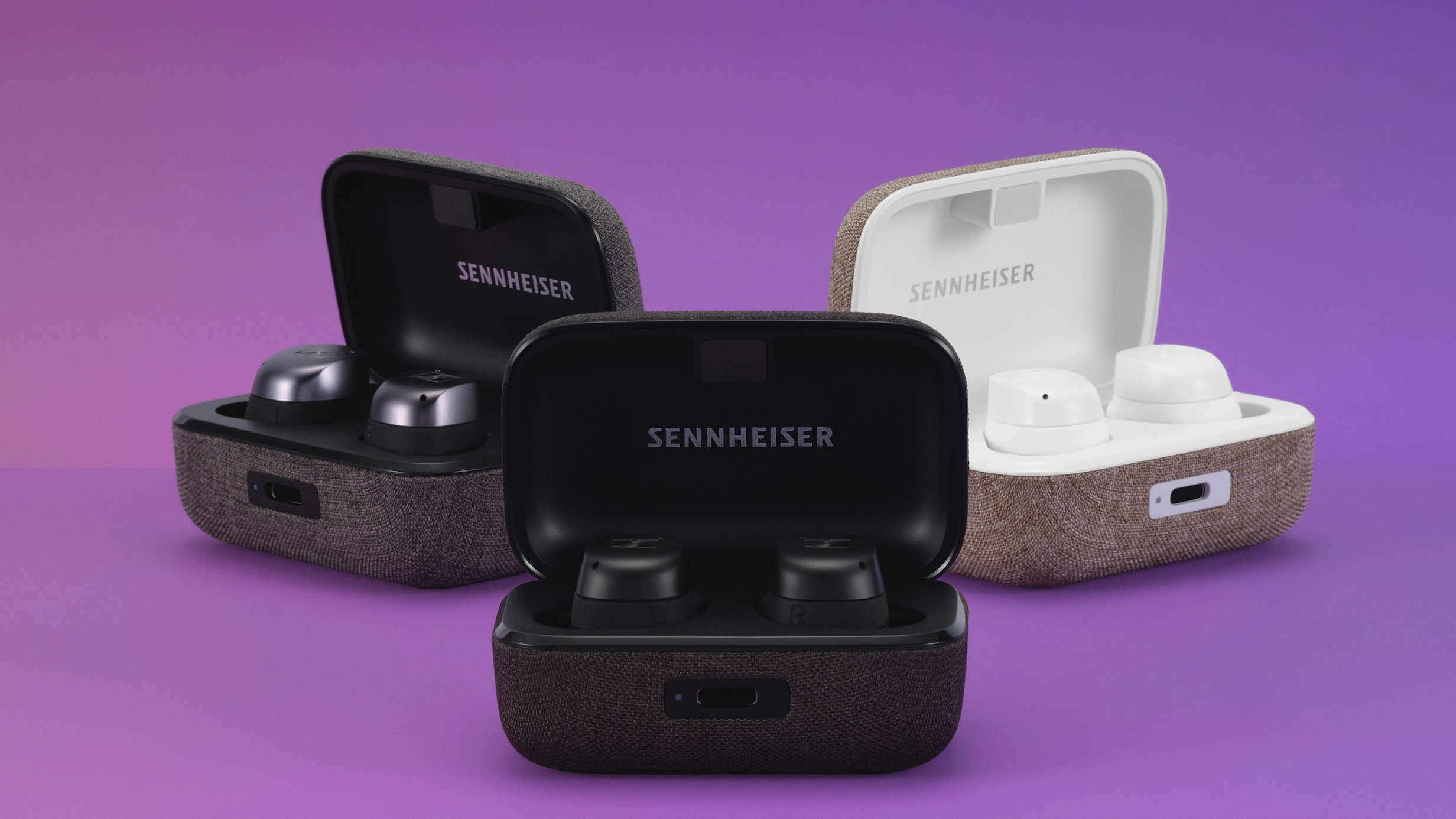
So what features do you get for your money? Quite a lot actually...
Both pairs have active noise-cancellation (ANC) for blocking out background noise, as well as clever ways of letting it in when you want. On the Sennheiser Momentum True Wireless 3, this takes the form of a Transparency mode that can either mute or pause your music when it kicks in (though it proved a little hit and miss in our test).
The Sony WF-1000XM4 have a similar Quick Attention mode, but also a more advanced Speak-to-Chat feature that detects when you're speaking and simultaneously mutes the music while letting in outside noise. It's not perfect – there's a tiny delay when it kicks in – but it is a neat addition.
The Momentum True Wireless 3 support aptX Adaptive, which is a step on from the older aptX of previous generations of Sennheiser earbuds. It means that you can listen to hi-res music files (albeit with compression) with lower latency and fewer dropouts.
Sony doesn't cater for any version of aptX in its earbuds. Instead, it supports its own LDAC file format, which, streamed over Bluetooth from a compatible source, allows high-quality (compressed) transmission of hi-res audio. The XM4 also boast Sony’s DSEE Extreme audio processor with Edge-AI, which upscales low-bitrate music files to near hi-res quality.
Both pairs have personalisation options. The Momentum True Wireless 3 make it simple to choose a sound profile by picking a preferred sound – from A, B or C – during a sound check. You can also create 'Sound Zones' that let you select desired EQ and noise isolation levels when you enter or leave a specific radius. So you could set them to pump up the bass during your commute, activate noise cancellation when you step outside your front door, and so on.
Like the XM4, you can customise the on-bud controls, too.
The XM4 have Fast Pair for quick pairing with Android devices, but like the True Wireless 3, they lack Multipoint for connecting to more than one device at a time. It's the one glaring omission in an otherwise stacked feature set for both pairs.
**Winner** Draw
Call quality
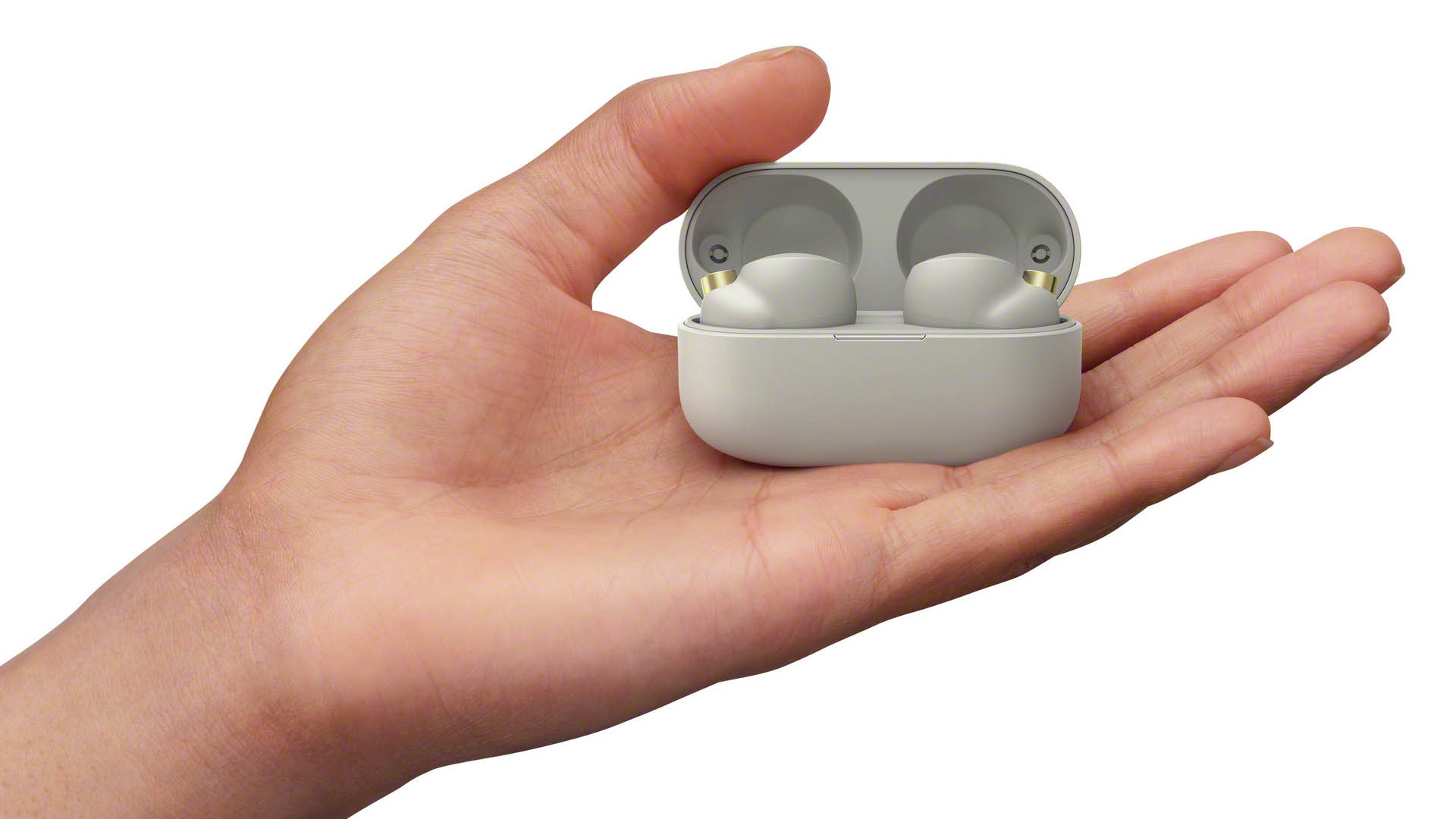
Of course, wireless earbuds aren't just for music listening. They also double as a hands-free kit for calls, whether it's a quick chat with a relative or an hour-long video conference over Zoom.
Both pairs feature wind reduction to make calls clearer, but the Momentum True Wireless 3 do still pick up more noise than the Sonys when the gusts are particularly strong.
Not only are the XM4 better performers in a gale, they go a step further with beam-forming and the use of a bone conduction sensor that helps stop the mics from picking up distracting ambient sounds while you're talking. These go hand-in-glove with Sony's Precise Voice Pickup technology to make calls clear as a bell.
**Winner** Sony WF-1000XM4
Sound quality
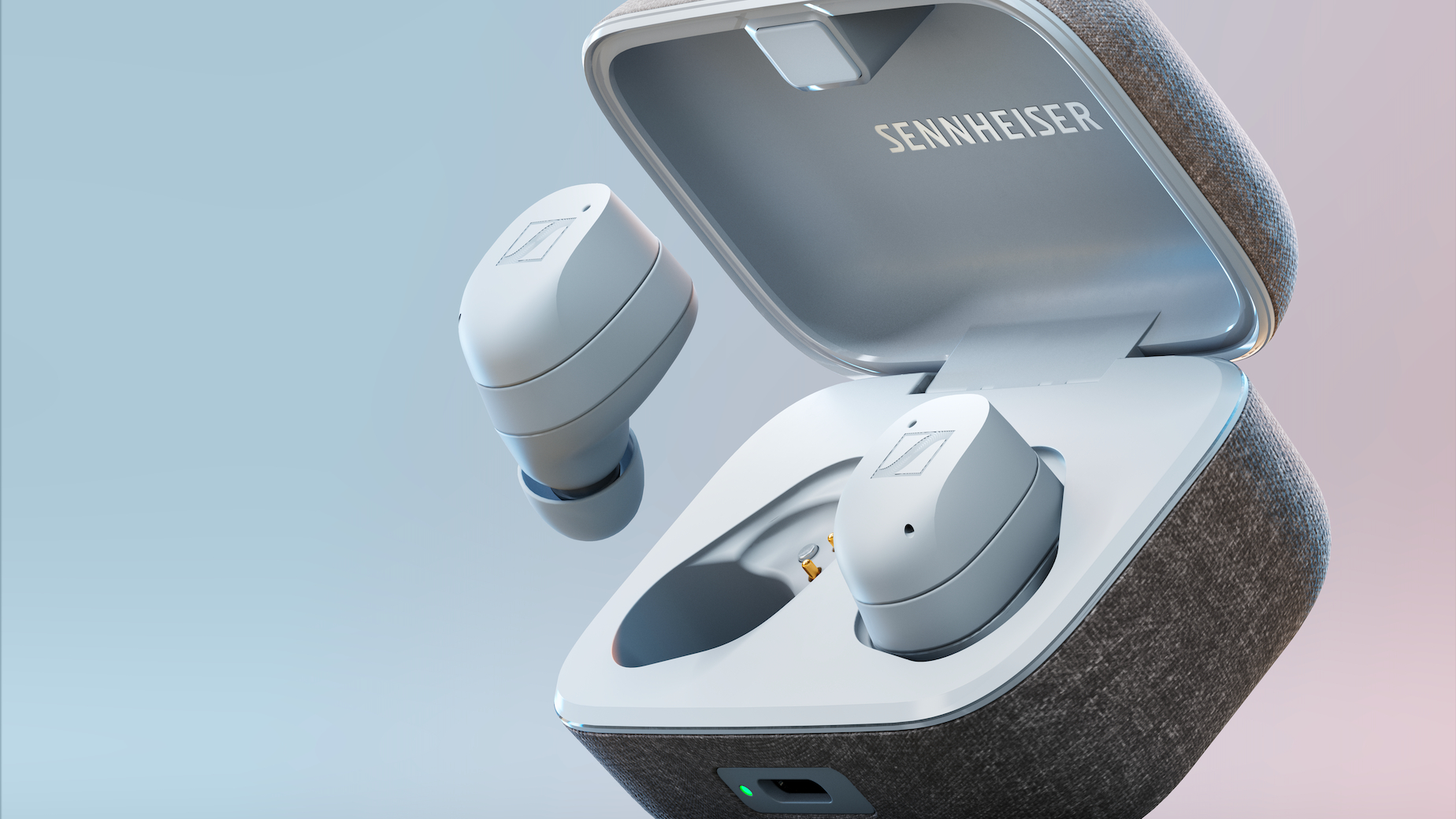
And the sound? Well, the fact they're both firm five-star favourites of ours means you can expect world-beating audio from both.
First, the XM4. They have sat atop our list of the best wireless earbuds ever since they launched and remain the best-sounding pair around for their money (at the price point above, the class leaders are the Bose QuietComfort Earbuds II). Bass clarity is exceptional, with the XM4 uncovering detail in the lower realms that other headphones can't communicate. They switch pace effortlessly thanks to a keen sense of rhythmic precision, creating a captivating sound you can’t help but be swept away by.
The True Wireless 3 give them a good run for their money, being some of most sonically sophisticated wireless earbuds we've heard. Their soundstage has plenty of spaciousness, all while boosting the level of detail on offer. There's plenty of punch and insight further up the frequencies and a good sense of clarity and organisation. It’s a mature performance that’s rarely matched at this level, but they can't quite match the XM4 in terms of excitement.
**Winner** Sony WF-1000XM4 (just)
Verdict
So, two excellent pairs of wireless earbuds. Does Sennheiser dethrone Sony this time around? It's close – very close – but our money would still go the way of the WF-1000XM4. Which is why the Sony earbuds have just won another What Hi-Fi? Award.
The Momentum True Wireless 3 are a stunning pair of buds, well worthy of five stars. They offer superb sound quality some good features and user-friendly personalisation options for an attractive price.
The XM4, however, offer slightly more across the board. Their noise-cancelling and call quality are better, while they're capable of even greater energy and musicality when it comes to music playback. As they are older, you are more likely to pick them up at a reasonable discount too.
All told though, there really isn't a huge amount between them. They are both five-star performers, so whichever pair you go for you're guaranteed a good time.
MORE:
Check out our Sennheiser Momentum True Wireless 3 review
And also our Sony WF-1000XM4 review
I've switched from Sony's XM4 wireless earbuds to Bose – here's why I don't really miss them
How do they compare to the best wireless earbuds
These are the best noise-cancelling headphones on the market
Joe has been writing about tech for 20 years, first on staff at T3 magazine, then in a freelance capacity for Stuff, The Sunday Times Travel Magazine (now defunct), Men's Health, GQ, The Mirror, Trusted Reviews, TechRadar and many more. His specialities include all things mobile, headphones and speakers that he can't justifying spending money on.

